Introduction: The Enchanting World of Wild Birds

Birds have fascinated humans for centuries with their vibrant plumage and melodious songs. Among these feathered creatures, wild birds hold a special allure, offering a chance to connect with nature in its purest form. In this article, we will delve into the captivating world of wild birds and explore the rewards of befriending them.
Understanding Wild Birds
Before we embark on this journey, let’s define what we mean by “wild bird.” They are bird species that thrive in their natural habitats, such as forests, fields, wetlands, or even urban areas. Unlike domesticated birds or pets, wild birds maintain their instinctual behaviors and have not been acclimated to human interaction.
The Benefits of Befriending Wild Birds
Why should you want to befriend a wild bird? The answer lies in the multitude of benefits that come with this connection.
Connection with Nature
Befriending a wild bird opens the door to a unique bond with the natural world. It allows you to observe and appreciate the beauty and diversity of avian species up close, from the graceful flight of a hawk to the colorful plumage of a songbird.
Therapeutic Rewards
Spending time with birds has a calming effect on individuals. Birdwatching reduces stress and anxiety, promoting mental well-being. The soothing sounds of chirping and the rhythmic flapping of wings create a serene ambiance that rejuvenates the soul.
Educational Opportunities
Interacting with wild birds offers a wealth of educational experiences. By observing their behaviors, habitats, and migration patterns, you deepen your understanding of the natural world. Discovering how birds adapt to their environments and their ecological significance fosters a sense of awe and appreciation for the delicate balance of ecosystems.
Environmental Stewardship
Developing a relationship with wild birds cultivates a sense of environmental awareness. As you become attuned to their needs, you gain a greater understanding of the importance of preserving habitats and protecting bird populations. This awareness can inspire you to take action and contribute to conservation efforts.
Curiosity and Wonder
Befriending a wild bird taps into your natural curiosity and sense of wonder. Through careful observation, you unravel the mysteries of their behaviors, feeding habits, and intricate social interactions. Each encounter with a wild bird offers an opportunity for discovery and a chance to marvel at the wonders of the avian world.
Personal Connection
Beyond the ecological and educational aspects, building a friendship with a wild bird creates a profound personal connection. The trust and companionship that develop over time bring joy, companionship, and a sense of fulfillment to your life.
In the following sections, we will explore how to understand wild birds, create a bird-friendly space, attract them, develop a bond, and encourage positive interaction. By the end, you will have the knowledge and tools to make the most of your wild bird friendship. Let’s embark on this enchanting journey together.
Understanding Wild Birds: Habitat, Diet, and Behavior

Understanding the habitat, diet, and behavior of wild birds is crucial for befriending them. By creating an environment that resembles their natural habitat and offering appropriate food sources, you can attract birds and establish a connection. Here’s what you need to know:
Habitat
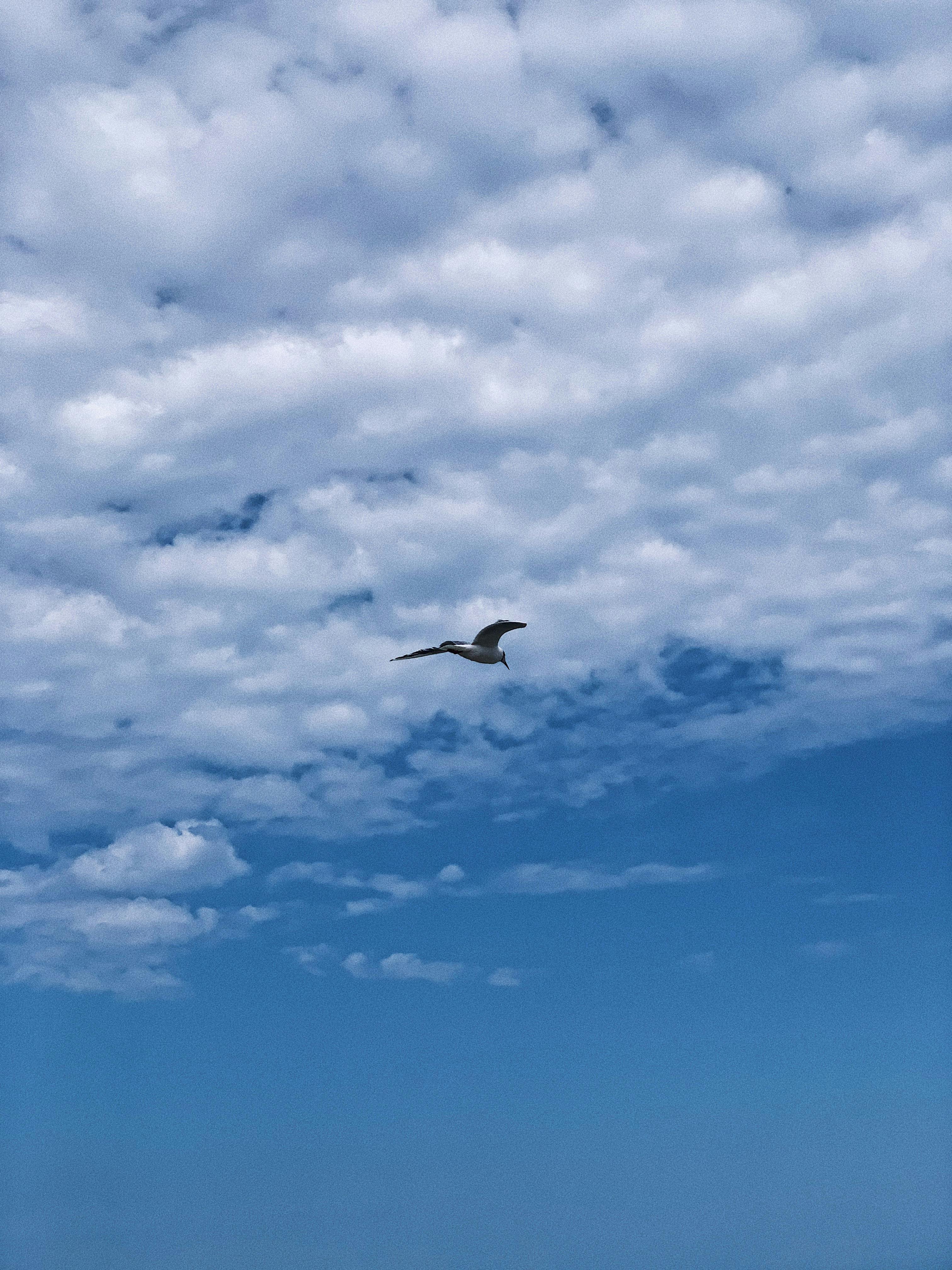
Different bird species have varying habitat preferences. Research the specific bird species you are interested in befriending. Provide a suitable environment that resembles their natural habitat, considering their nesting requirements and preferred vegetation. Offer food sources and water within their habitat, such as bird feeders, baths, or natural food sources like flowers or berry-producing plants.
Diet
Birds have diverse diets, ranging from seeds and fruits to insects, worms, and small animals. Research the preferred food sources of the bird species you want to befriend. Offer a variety of bird-friendly foods, including birdseed mixes, suet, fruit, or sugar water for hummingbirds. Plant native species that produce berries, seeds, or nectar to provide natural food sources for the birds.
Behavior
Understanding the behavior of wild birds is essential for successful interaction. Observe and learn their daily routines, such as feeding habits, bathing rituals, and social interactions. Be patient and allow the birds to become comfortable with your presence. Learn their communication through vocalizations, body language, and flight patterns.
By understanding the habitat, diet, and behavior of wild birds, you can create a bird-friendly space that attracts them and paves the way for a meaningful friendship. In the next section, we will explore how to create the right environment to establish a connection with wild birds.
Creating a Bird-Friendly Space: Attracting and Connecting with Wild Birds

To attract wild birds and create a welcoming haven for them, it’s important to create the right environment. By considering key factors and implementing the following strategies, you can establish a bird-friendly space that fosters a harmonious relationship with these fascinating creatures.
Provide a Variety of Food Sources

Setting up bird feeders is an effective way to attract a diverse array of bird species. To cater to different dietary preferences, offer a mix of seeds, grains, and suet. Research the birds in your area to determine their preferred food sources and select appropriate feeders. Regularly replenish the feeders to ensure a steady food supply.
Incorporate Native Vegetation
Native plants play a vital role in supporting bird populations. They provide natural food sources, shelter, and nesting opportunities. Aim for a diverse mix of trees, shrubs, and flowers that offer berries, nectar, or seeds. This variety will attract different birds and provide them with the resources they need.
Provide Fresh Water
Water is essential for birds, both for drinking and bathing. Install a birdbath or a shallow basin with a gently sloping edge. Ensure the water is clean and replenish it regularly. Consider adding a small fountain or dripper to create movement, as the sound of running water can be especially enticing to birds.
Create Shelter and Nesting Sites
Plant dense shrubs and trees that offer cover and nesting sites. The vegetation should provide a variety of heights and densities to accommodate different bird species. Additionally, consider adding birdhouses or nesting boxes designed for specific birds. By providing suitable shelter options, you enhance the attractiveness of your space to birds.
Minimize Hazards

Create a safe environment for birds by avoiding the use of harmful pesticides and chemicals. Reduce the risk of window collisions by applying window decals or installing screens. Keep cats indoors, as they pose a significant threat to birds. By taking these precautions, you can ensure the well-being of the birds visiting your space.
Provide Perches and Resting Spots
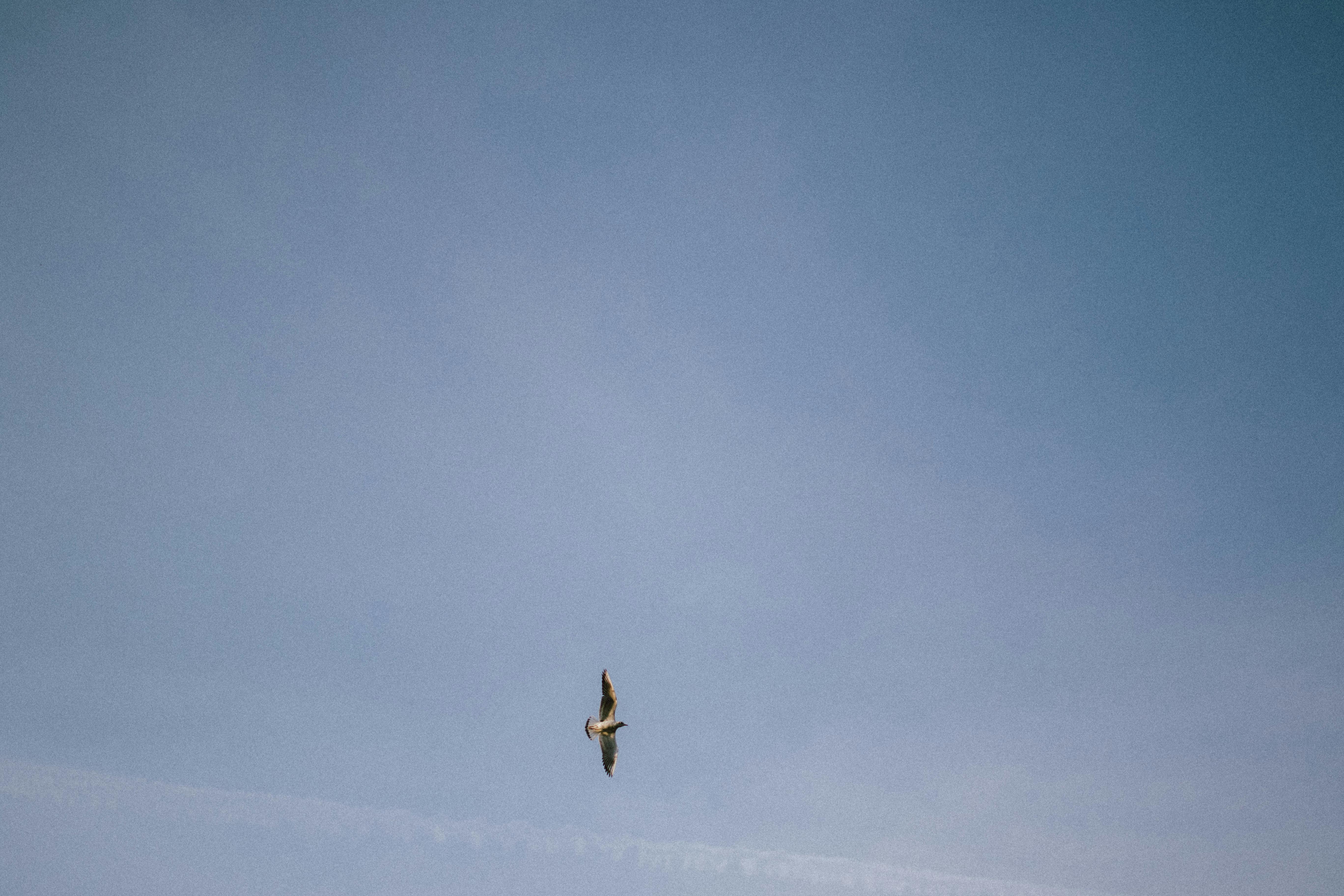
Incorporate bird-friendly features such as branches or posts where birds can perch and rest. These perching spots should be strategically placed near feeders, water sources, and sheltered areas. Creating a variety of perching options will attract birds and provide them with convenient places to rest and observe their surroundings.
By implementing these strategies, you can create a bird-friendly space that will attract a diverse array of wild birds. Providing a variety of food sources, incorporating native vegetation, offering fresh water, creating shelter and nesting sites, minimizing hazards, and providing perches and resting spots will contribute to the overall appeal of your yard and foster a connection with the avian visitors.
Building Trust: Developing a Bond with a Wild Bird
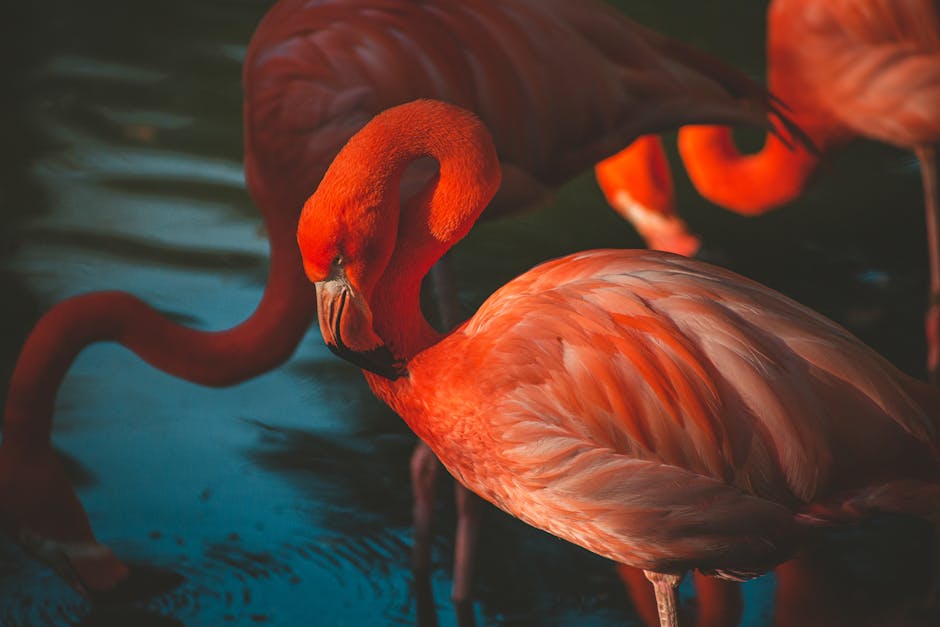
Building a bond with a wild bird requires patience, understanding, and creating a safe and welcoming environment. Here are effective strategies to help you establish trust and connection:
1. Patience and Observation
Approach bonding with a wild bird calmly and patiently. Avoid sudden movements and loud noises that could startle the bird. Spend time observing its behavior, feeding patterns, and preferred perching spots from a distance. This understanding will help you establish a rapport and provide a welcoming environment.
2. Providing Food, Water, and Safety
Offer a consistent source of bird-friendly food and fresh water. Set up bird feeders or scatter bird-friendly food items in your outdoor space. Provide water sources like birdbaths or shallow dishes. Create a safe environment by keeping pets indoors and offering hiding spots like shrubs or trees.
3. Gradual Approach and Respect
Once the bird is comfortable with your presence and the food source, begin a gradual approach. Move slowly and respect the bird’s comfort zone. Avoid touching or handling the bird. Focus on creating a positive and relaxed atmosphere, allowing the bird to feel safe and secure in your presence.
4. Creating a Bird-Friendly Space
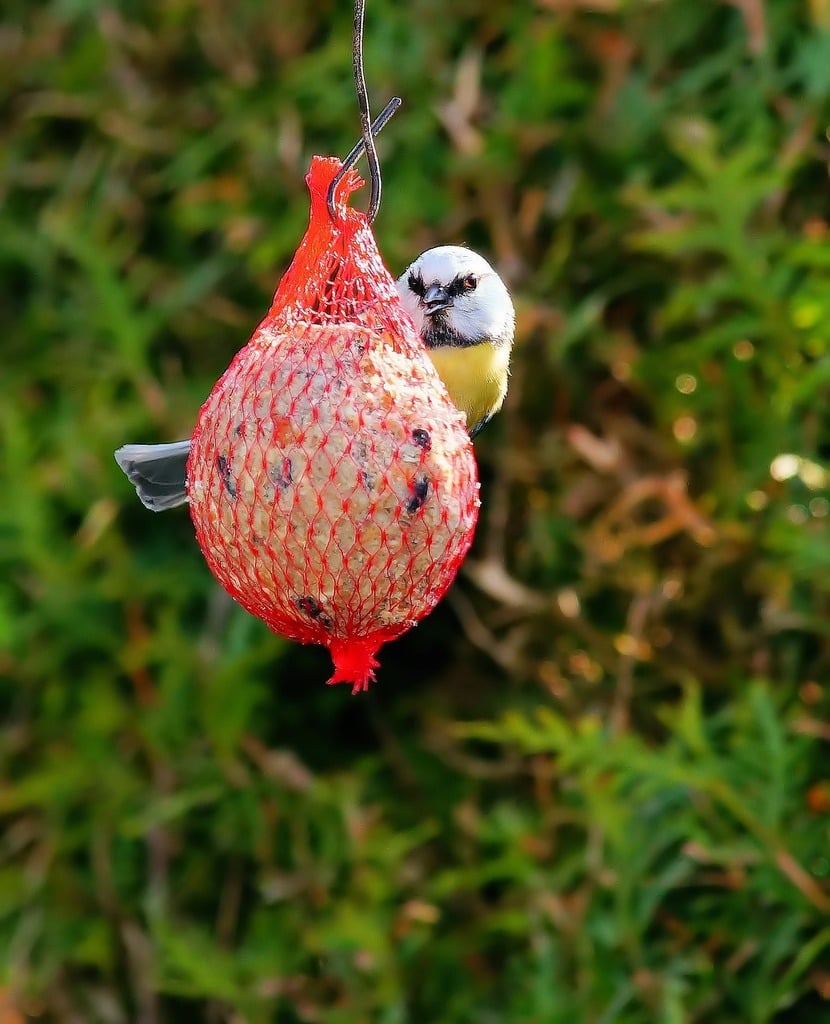
To attract and befriend wild birds, create a welcoming environment in your outdoor space:
4.1 Bird Feeders and Food
Install suitable bird feeders and offer a variety of fresh and uncontaminated food options based on the birds’ dietary preferences.
4.2 Water Sources
Provide clean water for drinking and bathing by placing a birdbath or shallow basin. Consider adding a small fountain or dripper for the sound of moving water.
4.3 Native Plants and Vegetation
Introduce native plants that offer shelter, nesting sites, and food sources. Research native plant species in your region and plant a mix of trees, shrubs, and flowers that bloom at different times of the year.
4.4 Shelter and Nesting Opportunities
Install birdhouses or nesting boxes in safe locations and provide natural shelter like dense shrubs or evergreen trees.
4.5 Avoid Chemicals and Hazards
Create a bird-friendly environment by avoiding harmful chemicals, pesticides, herbicides, and reflective surfaces that can be hazardous to birds.
By implementing these strategies with patience and observation, you can develop a bond with a wild bird. Enjoy the process of building a connection and cherish the experiences that come with befriending these beautiful creatures.
Conclusion: Cultivating a Meaningful Wild Bird Friendship

Building a friendship with a wild bird is a rewarding journey that demands time, patience, and consistency. While it may take weeks or even months for a bird to fully trust you, the resulting bond is truly special. In this final section, we will explore key tips to enhance your wild bird friendship.
Embrace Patience and Consistency

Patience is crucial when befriending a wild bird. Trust takes time to develop, so be prepared to invest the necessary effort. By consistently providing food and water at the same time each day, you establish a sense of reliability that the bird will come to appreciate.
Cherish Moments of Connection
As your friendship with the wild bird grows, you’ll be rewarded with unique moments of connection. Whether it’s perching on your hand, eating from your palm, or simply observing its natural behavior in your presence, these experiences are truly special. Appreciate and cherish these moments as the fruits of your efforts and the foundation of your bond.
Foster Ongoing Care
To nurture your wild bird friendship, provide ongoing care. Regularly clean and refill bird feeders to ensure a steady supply of food. Fresh water should be readily available, especially during dry periods. Consider creating a welcoming habitat by planting native vegetation that attracts the bird’s preferred prey or providing suitable nesting sites. By maintaining a hospitable environment, you’ll continue to strengthen your bond.
Advocate for Conservation
Recognize the importance of bird conservation as you deepen your connection with wild birds. Support local conservation organizations working to protect bird populations and their habitats. Get involved in citizen science projects that contribute to scientific knowledge about bird species. Spread awareness about the challenges birds face, such as habitat loss, climate change, and pollution, by sharing your experiences and knowledge with others.
Express Gratitude and Encourage Feedback
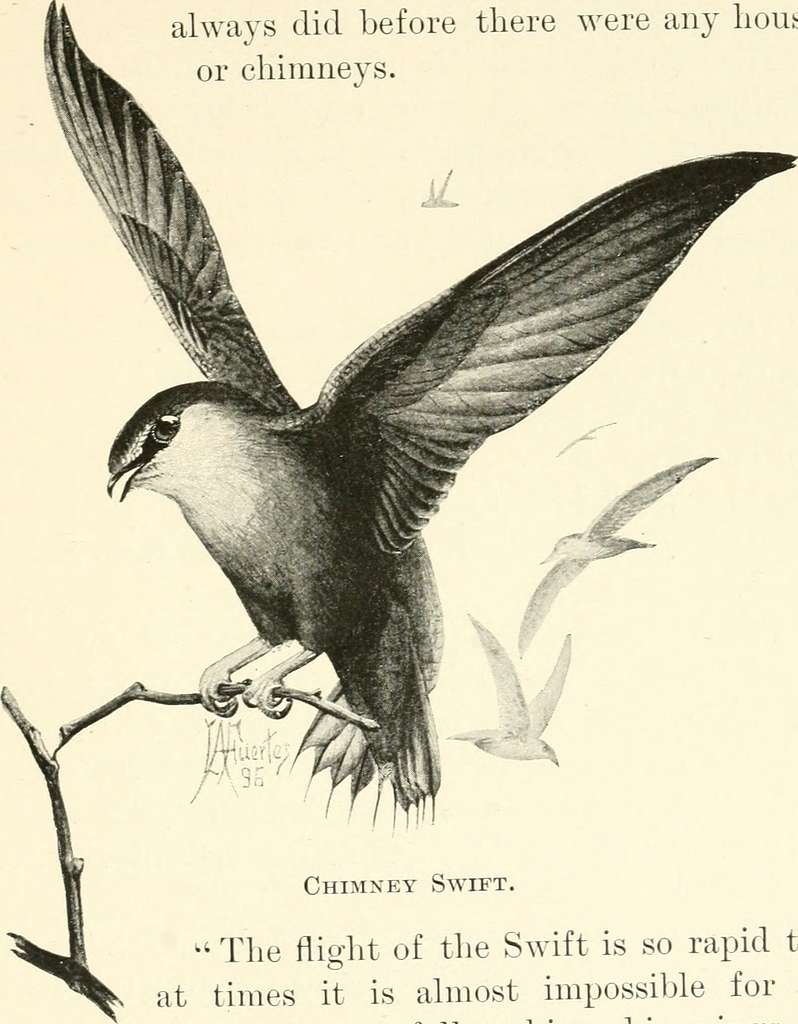
Express gratitude for the opportunity to befriend a wild bird and learn from its presence. Reflect on the joy and fulfillment it has brought to your life. Additionally, invite feedback from others who have embarked on similar journeys. Share your experiences, insights, and challenges, and encourage others to do the same. By fostering a community of bird enthusiasts, we can collectively learn and grow in our appreciation for these magnificent creatures.
In conclusion, cultivating a meaningful friendship with a wild bird requires time, patience, and dedication. Create a bird-friendly environment, establish trust, and foster positive interaction to develop a deep and meaningful bond. Cherish moments of connection, provide ongoing care, advocate for conservation efforts, and express gratitude for the privilege of sharing your life with a wild bird. May your wild bird friendship continue to flourish, bringing you endless joy and wonder.
Frequently Asked Questions
Frequently Asked Questions
1. How do I attract wild birds to my yard?
To attract wild birds to your yard, create a bird-friendly environment by providing food sources such as bird feeders with a variety of seeds and suet, planting native vegetation that offers berries, seeds, or nectar, offering fresh water in a birdbath or shallow basin, providing shelter and nesting sites with dense shrubs and trees, and minimizing hazards such as harmful chemicals and reflective surfaces.
2. What should I feed wild birds?
The food you offer to wild birds depends on their dietary preferences. A variety of birdseed mixes, grains, and suet are generally well-received. Research the specific bird species you want to attract and provide appropriate foods accordingly. Additionally, planting native species that produce berries, seeds, or nectar can offer natural food sources for the birds.
3. How can I build trust with a wild bird?
Building trust with a wild bird requires patience and understanding. Start by observing the bird’s behavior from a distance and providing a consistent source of bird-friendly food and fresh water. Gradually approach the bird while respecting its comfort zone, avoiding sudden movements or attempts to touch it. Creating a safe and welcoming environment with suitable shelter, perching spots, and native vegetation will also contribute to building trust.
4. How long does it take to befriend a wild bird?
The time it takes to befriend a wild bird varies and depends on the bird’s species, individual temperament, and previous experiences with humans. Building trust and establishing a bond can take weeks or even months. It is important to be patient, consistent, and respectful of the bird’s boundaries throughout the process.
5. How can I contribute to bird conservation?
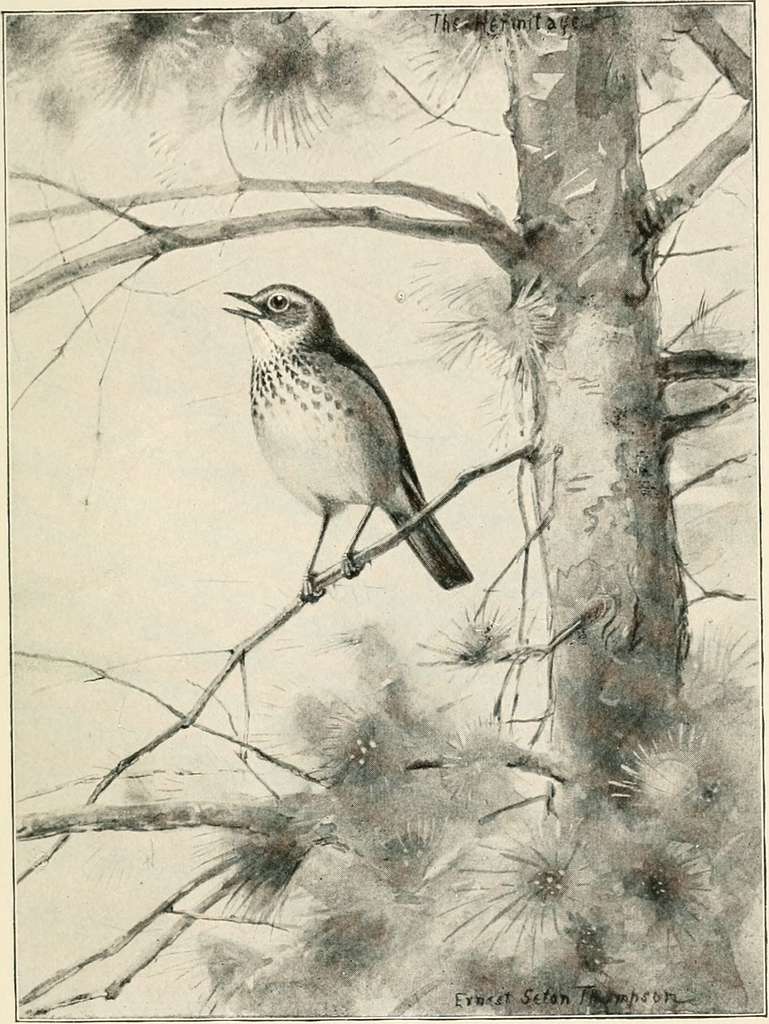
You can contribute to bird conservation by supporting local conservation organizations working to protect bird populations and their habitats. Get involved in citizen science projects that contribute to scientific knowledge about bird species. Spread awareness about the challenges birds

Leave a Reply